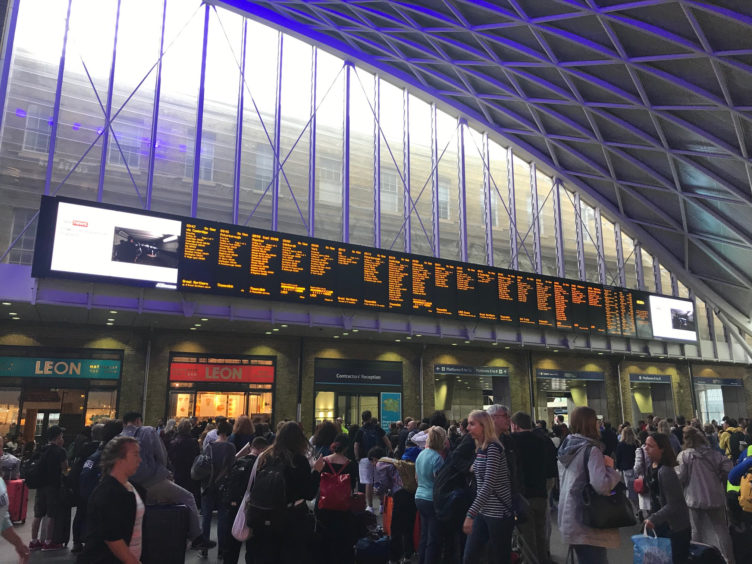
When two U.K. power plants shut down almost simultaneously in London’s first major blackout for a decade, it triggered a storm of questions about how to avoid another failure.
As National Grid Plc, the regulator Ofgem and plant operators investigate what happened, last Friday’s failure underlined the need to bolster an electricity grid increasingly fed by intermittent flows from renewables such as wind and solar. One way is by encouraging construction of new storage assets such as hydropower and batteries that can be called upon almost instantly.
“The power outages boost the case for better system flexibility in the U.K.,” said Emma Champion, an analyst at BloombergNEF. “For instance, competitive sources of dispatchable generation, like batteries, can help manage intermittency and unplanned outages.”
The blackout came at a time when the U.K. power industry is facing increased political scrutiny. The opposition Labour Party has promised to re-nationalize some parts of the network if it wins the next election, and the government is concentrating on leaving the European Union, which will upend trade ties and the case for investment in the U.K.
“There’s no point when you’re covered for everything that might go wrong,” said Tim Green, co-director of the Energy Futures Lab at Imperial College London. “You’re only covered for the things you foresaw and the things you paid for. There’s no gold-plated solution where no one would ever get a power cut.”
Increased Capacity
To improve the power system’s ability to cope with plant failures, the government should change its capacity market, a backup system, by guaranteeing prices for storage assets for 10 to 12 years to help attract institution investors, according to Peter Dickson, a partner at Glennmont Partners, a clean energy investment firm in London.
That would unlock “huge orders of capital” to fund storage projects for renewable energy sources, he said.
On Friday, it was a gas plant and an offshore wind farm that cut out. About 10 years ago there was a similar blackout when a coal plant and nuclear plant shut down in quick succession. Regardless of whether they’re powered by fossil fuels or renewable energies, power plants can fail simultaneously.
National Grid Plc dismissed any notion that the intermittency of renewable energy played a role in the power cuts.
“It is a product of low inertia and not the fuel mix delivering the power, it is an electrical engineering issue,” said Erik Nygard, chief executive officer at Limejump Ltd., a virtual power platform owned by Royal Dutch Shell Plc that can be called on to help balance the market in almost real-time. “There are solutions that exist, so it’s just a question of how these solutions are incentivized in the market.”
Orsted A/S, the operator of the Hornsea-1 offshore wind farm, said it is working with the National Grid to understand why the outage happened.
National Grid does have plans in place to pick up the slack when one source goes down, but there may be a limit to what’s practical. The company could pay for enough capacity in case two power stations go out in a few minutes, but that cost would fall to the consumer. And then what if a third goes out?
“It’s not that the grid doesn’t plan for this,” said Tom Edwards, an analyst at Cornwall Insight. “It is possible to essentially never have these things happening but you’d have to ask who’s going to pay for that?”
The price tag might not be too painful. Doubling the current spending on frequency response, which helps balance supply and demand in the grid, would add about 2 pounds ($2.4), or about 0.4%, to an average annual household bill for electricity, analysts at Aurora Energy Research Ltd. wrote in a note Tuesday.
Recommended for you
